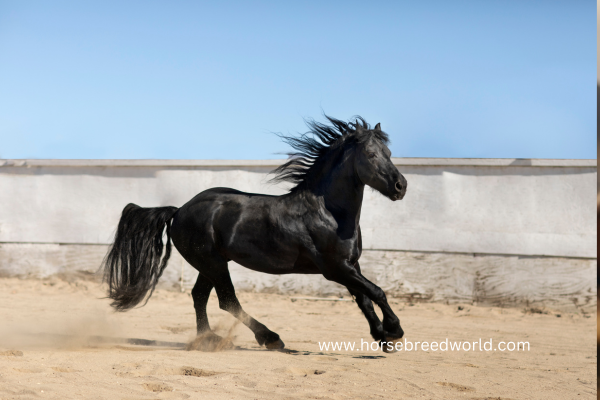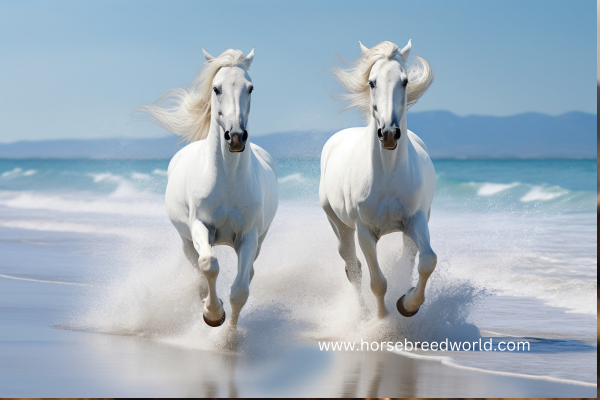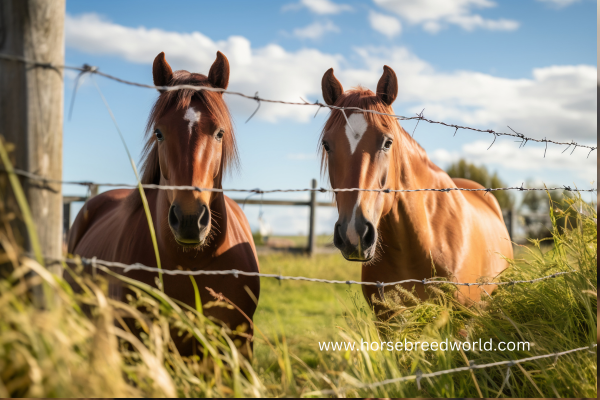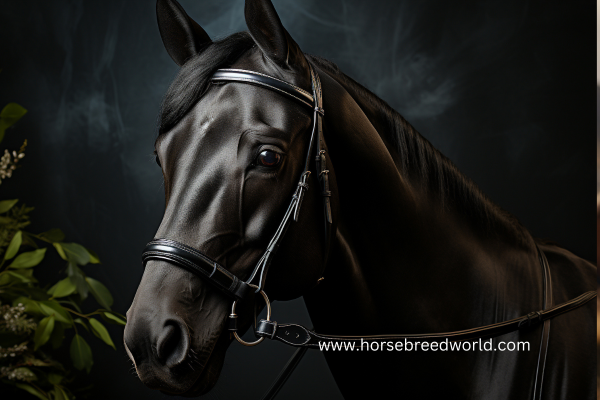Introduction
Predicting a coat colors for horses is not just a fun guessing game; it’s an insightful process rooted in science. Understanding equine genetics and how colors are passed down through generations can help horse breeders, riders, and enthusiasts make informed decisions. Horse coat colors are more than aesthetic—they can play a role in breed standards, market value, and even folklore. In this post, we’ll explore five essential tips to predict horse colors accurately. Let’s dive in!
Table of Contents
ToggleWhy Predicting Horse Colors Matters
Predicting horse coat colors isn’t just about satisfying curiosity; it has practical implications. For breeders, understanding coat colors helps meet breed standards and cater to market preferences. Certain colors, like palomino or buckskin, are highly sought after and can significantly increase a horse’s value. For enthusiasts, knowing what to expect adds excitement and depth to the breeding process.
Historically, horse colors carried cultural significance. In some traditions, a black horse symbolized power, while a white horse represented purity. Even today, certain disciplines favor specific colors; for example, flashy patterns might stand out in Western riding events.
By predicting coat colors, you also gain insight into the genetic health of your horses. Some coat colors are linked to genetic conditions, such as lethal white syndrome in certain paint horses. Understanding these connections allows breeders to make ethical and informed choices.
In summary, predicting horse colors combines science, practicality, and tradition. It’s not just about looks; it’s about legacy, health, and value.
Basics of Horse Color Genetics
The foundation of predicting horse colors lies in understanding genetics. Horses inherit their coat colors through dominant and recessive genes, passed down from their parents. Two primary genes, the Extension gene (E) and the Agouti gene (A), play critical roles in determining base colors like black and chestnut.
The Extension gene controls whether a horse is black-based (E) or red-based (e). A horse with at least one dominant E allele will display a black-based coat, while two recessive e alleles result in a red-based coat. The Agouti gene modifies black pigment, restricting it to specific areas of the body. This results in bay horses when the dominant A allele is present.
Modifiers like the cream, silver, and dun genes further influence base colors, creating stunning variations like palomino, buckskin, and grullo. Genetic testing has made it easier to identify these traits, providing breeders with accurate tools to predict outcomes.
Understanding these genetic basics allows you to decode how a horse’s unique coat color comes to life. By knowing which genes are at play, you can start predicting with confidence.

Study the Parentage
One of the simplest and most effective ways to predict a horse’s color is by studying its parents. Horses inherit their coat colors from their sire and dam, and knowing the parents’ genetic makeup can give you valuable clues.
For example, if both parents are chestnut (ee), the foal will also be chestnut, as chestnut is a recessive color. However, if one parent is black (EE or Ee) and the other is bay (E_A_), the foal’s color can vary depending on additional genetic factors. Patterns and modifiers add complexity. For instance, a palomino parent (ee + one cream gene) might produce a cremello foal if paired with another palomino.
Looking back at grandparents’ colors can also help. Sometimes, recessive genes skip generations, leading to surprising outcomes. For example, two bays might produce a chestnut foal if both carry the recessive “e” gene.
By carefully studying lineage, breeders can make informed predictions and better plan breeding strategies for desired colors.
Understand Coat Color Modifiers
Modifiers are the genes responsible for the dazzling variety in horse colors. While base colors set the foundation, modifiers like the cream, silver, and gray genes add unique twists.
Horses with two cream genes display even lighter colors, such as cremello or perlino. Similarly, the dun gene adds a primitive dorsal stripe and leg barring, resulting in colors like dun or grullo.
The silver gene primarily affects black pigment, producing striking coats like silver dapple. Gray horses, on the other hand, start with a base color and gradually lighten over time due to the gray modifier.
By understanding these modifiers, you can better predict how they’ll interact with base colors. This knowledge is particularly valuable for planning breeding programs aimed at producing rare or desirable coat patterns.

Pay Attention to Rare Genes
Rare genes like champagne, pearl, and leopard complex spotting add an extra layer of intrigue to horse color prediction. These genes are less common but can produce stunning results when they appear.
The champagne gene dilutes both skin and coat color, creating metallic sheens and unique hues. Pearl, also called “Barlink factor,” produces a pearl-like luster when combined with other dilution genes. Leopard complex spotting is responsible for Appaloosa patterns, ranging from spots to blanket patterns.
Predicting these rare colors requires a solid understanding of both parents’ genetic makeup and a keen eye for spotting carriers. While these traits are less predictable, their results are always eye-catching.
Use Online Horse Color Calculators
Technology makes predicting horse colors easier than ever. Online horse color calculators allow you to input the genetic information of the sire and dam to generate potential outcomes.
For instance, by entering details like whether a parent carries the cream or dun gene, you can see a range of possibilities for the foal. Many calculators also account for patterns like tobiano or overo, making them useful tools for breeders working with paints and pintos.
Using these tools helps eliminate guesswork and provides a visual representation of potential outcomes. It’s a fun and educational way to explore the science of horse coat colors.
Look for Visible Clues in Foals
Foals often provide hints about their future coat colors, even at birth. For example, a foal born with light legs and a dorsal stripe might grow up to be a dun. Similarly, a foal with dark skin but light hair could develop into a gray horse.
Observing subtle details, like muzzle and ear color, can also provide clues. Experienced breeders often learn to identify these traits early, giving them a head start in predicting the foal’s adult coat.

Common Misconceptions About Horse Colors
Horse color genetics can be confusing, leading to myths and misconceptions. Grays lighten with age, while true white horses are rare and have pink skin.
Clarifying these misconceptions helps breeders and enthusiasts make informed decisions. Understanding the science behind the colors eliminates guesswork and avoids surprises.
Case Studies: Predicting Colors for Popular Breeds
Different breeds showcase unique color tendencies. For instance:
- Thoroughbreds: Predominantly chestnut, bay, or black.
- Quarter Horses: Wide range, including sorrel, buckskin, and palomino.
- Arabians: Often gray, bay, or black.
Studying breed-specific patterns adds another layer to predicting coat colors.
Resources to Learn More About Horse Genetics
To deepen your understanding, check out:
- Books like Equine Color Genetics by D. Phillip Sponenberg.
- Online resources such as horse color calculators.
- Breeding workshops or genetic testing services.
Expanding your knowledge ensures you’re always ahead of the game in predicting horse coat colors.
Conclusion
Predicting horse colors is both a science and an art. By understanding genetics, studying parentage, and using tools like calculators, you can unlock the mysteries behind equine coat colors. Whether you’re a breeder or an enthusiast, these tips provide a foundation for informed and ethical decisions.
Explore more fascinating insights and tips about horses on our blog at Horse Breed World. Happy predicting!


